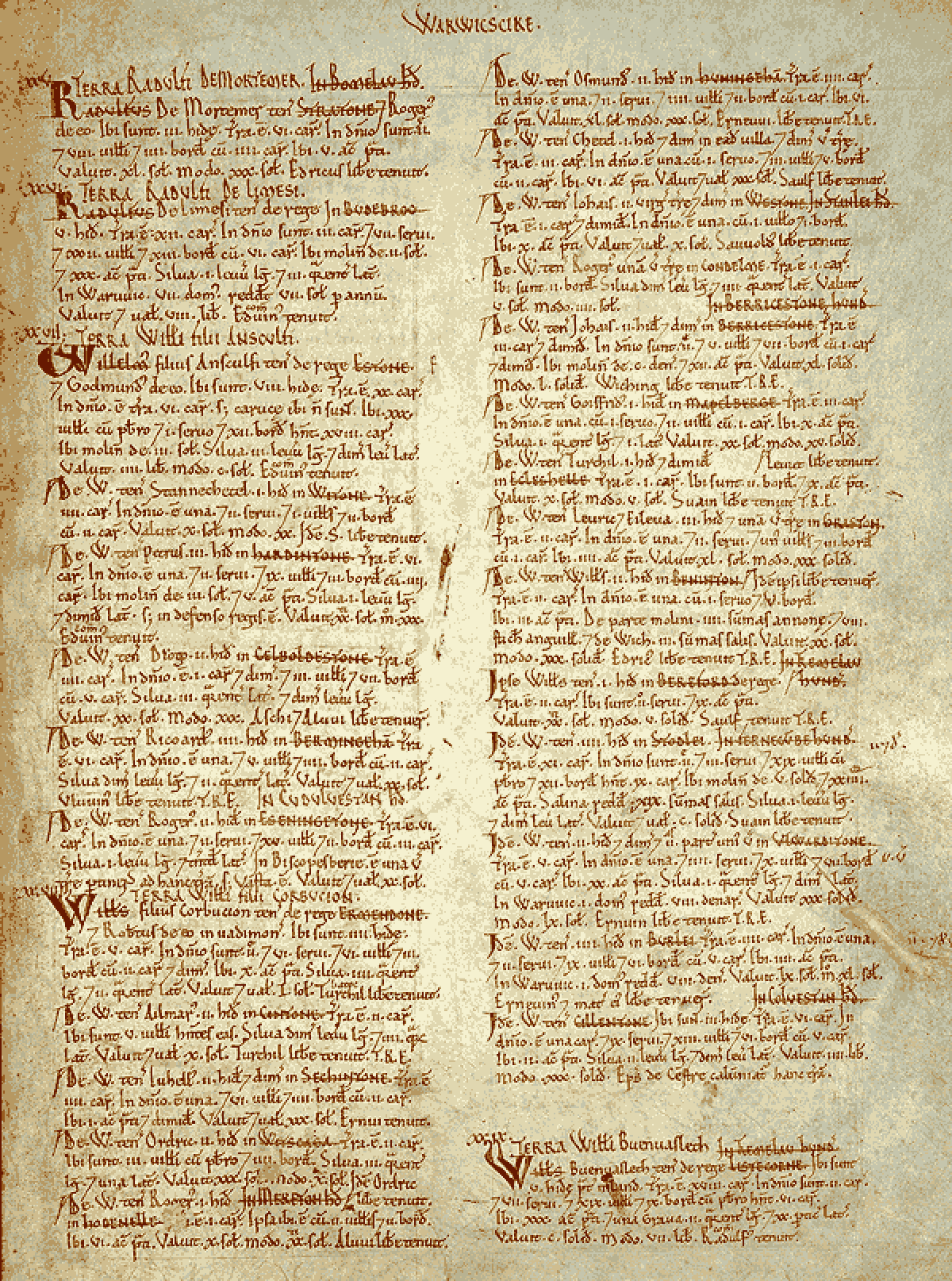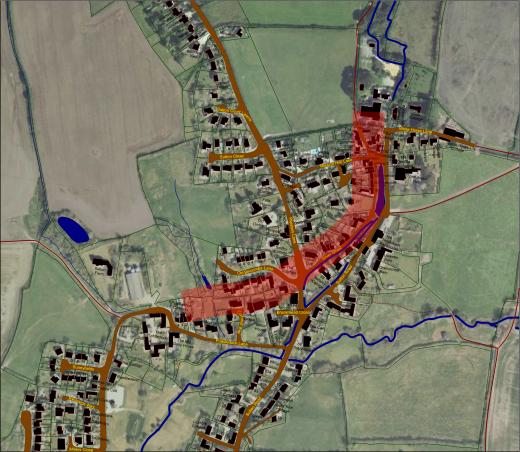Gradually during the late bronze age and early iron age, the valley would have been opened up for farming; one pre-Roman round house has been found in Sutton Poyntz. During the Roman occupation of Britain, there was a Roman villa on the River Jordan, just south of the main road through Preston (the site can be found on Ordnance Survey maps, but nothing is now visible). Another significant Roman site was the Temple on Jordan Hill, overlooking Weymouth Bay. The villa's domain presumably included the areas now occupied by Preston and Sutton Poyntz, and may roughly have matched the present parish boundaries. By this time, most of the forests would have been cleared, and the area would have been mainly agricultural. At this time there was probably no village as such at Sutton Poyntz, although various excavations have found evidence of small-scale industrial and agricultural activity.
After the end of the Romano-British era, there was no coherent evidence of occupation, but some time, perhaps in the 8th Century, a village was founded further up the river. It's not obvious why the local agricultural centre was at Sutton Poyntz rather than Preston - perhaps because there was a better site there for a water-mill. The first written evidence for the village was a Saxon charter dated 891AD, in which Sutton (meaning "South farm") was granted to King Alfred in exchange for land at Plush.
Sutton was still a Royal Manor after the Norman Conquest; Domesday Book (1086) has it as part of a group of Royal Manors with Dorchester, Fordingbridge, Gillingham and a couple of other small places. Probably, a King's Steward would have looked after the group of manors, collecting income on behalf of the king, while each individual place had a resident Bailiff to control activities of the villeins, freemen and serfs. The Domesday Book wording was as follows:
The King holds DORCHESTER, FORDINGTON, SUTTON [Poyntz], GILLINGHAM and `FROME'. King Edward held them.
It is not known how many hides are there because they did not pay tax before 1066.
Land for 56 ploughs. In lordship 7 ploughs; 20 slaves; 12 freedmen; 114 villagers and 89 smallholders who have 49 ploughs.
12 mills which pay £6 5s; meadow, 160 acres; pasture 2 leagues long and 1 wide; woodland 4 leagues long and 1 league wide. 5 cobs; 20 cattle; 72 pigs; 800 sheep; 40 goats.
This manor with its dependencies pays one night's revenue.
After the Domesday Book in 1086, Sutton and Preston disappear from the record for over 100 years, until 1212, when an Exchequer document (the 'Testa de Nevill') says that Nicholas Poyntz holds the manor of Sutton, with the Duke of Gloucester as the land-holder in chief. There appears to be no evidence at all about when the King gave away the manor. Kings were in the habit of rewarding good service to the crown (for example in battle) by the gift of land (remember that in Feudal England, the land was almost all owned by the King, and granted for a 'Fee' to the land-holder. The Fee was often in the form of military service, but could take many other forms). Kings were also in the habit of punishing poor behaviour by the withdrawal of land-holding rights. So some time between 1086 and 1212, the Manor of Sutton Poyntz was granted to someone, but we do not have any clear evidence of when or who. After 1212, the Manor of Sutton Poyntz was held by the Poyntz family, followed by the Bryens, the Newburghs (of Winfrith and East Lulworth), the Howards, and the Harveys. The Harveys sold it to the Welds in the 1790's, and the Welds sold the majority of the manor properties in 1925. More information is given below and in the pages on the Owners of Sutton Poyntz.
At the time of Domesday Book, and for a long time after, the whole of the village of Sutton sat close to the bank of the stream, roughly as shown shaded red in the following modern map.


